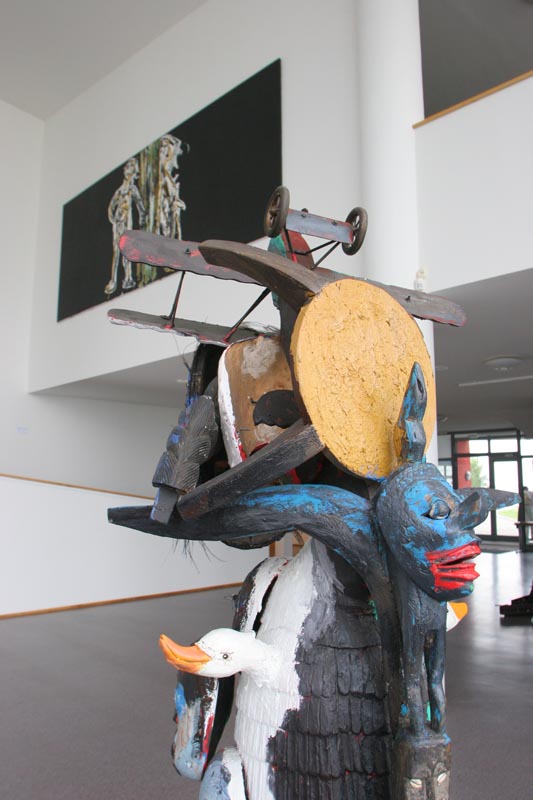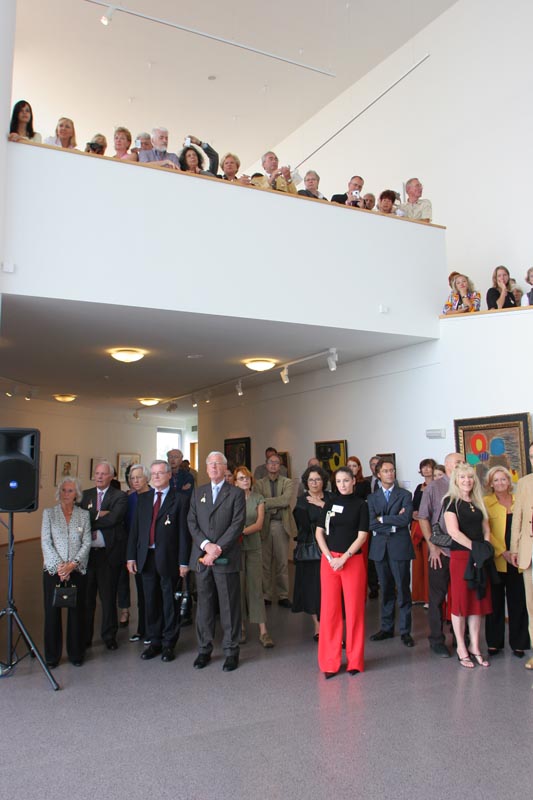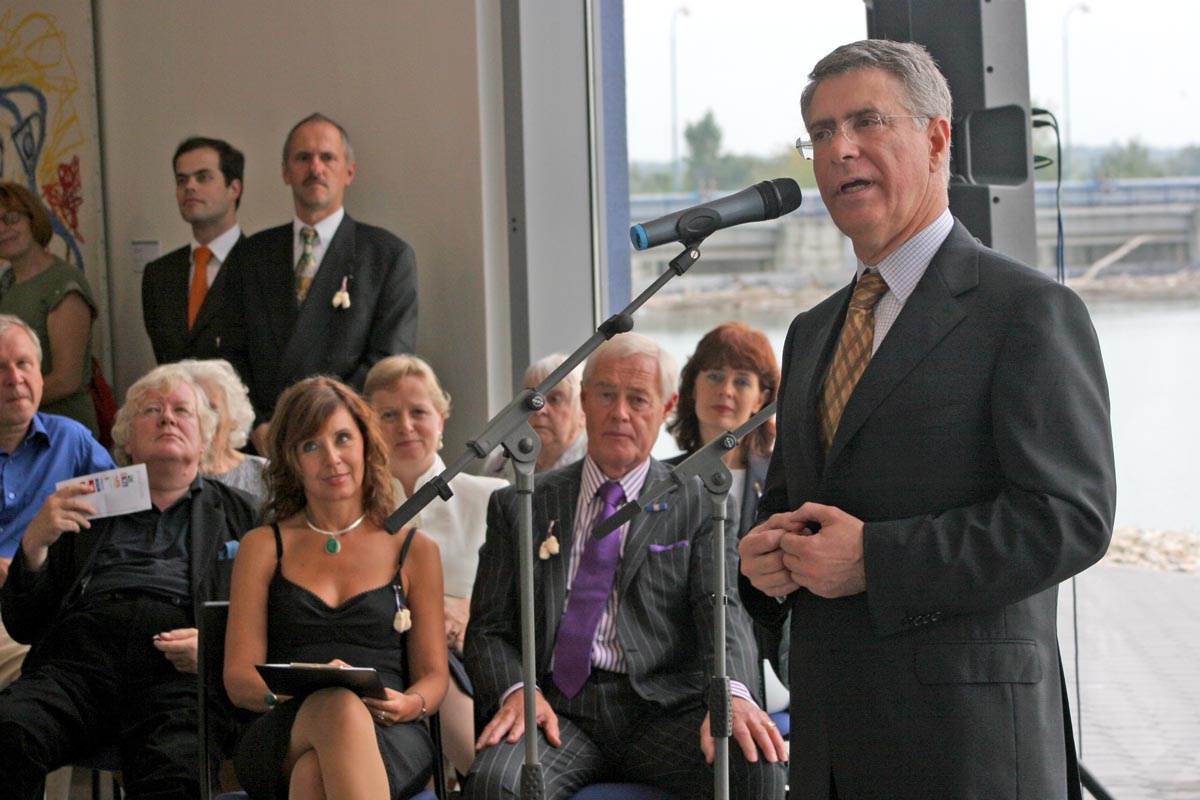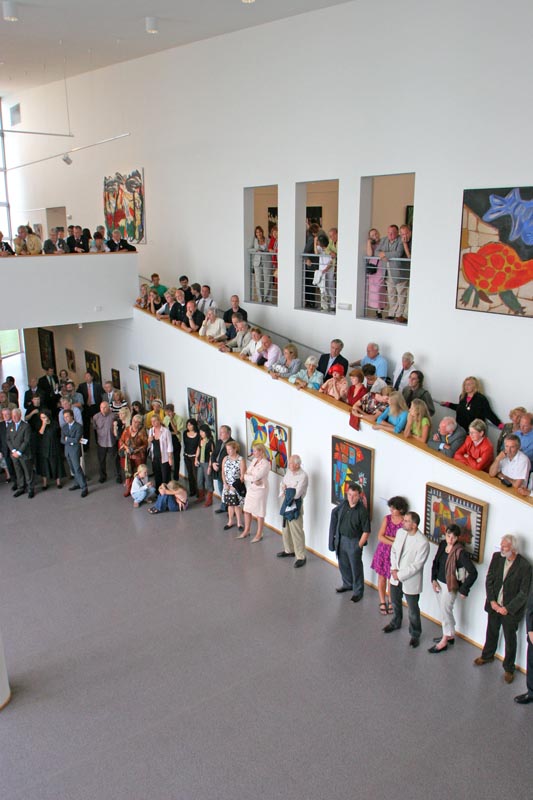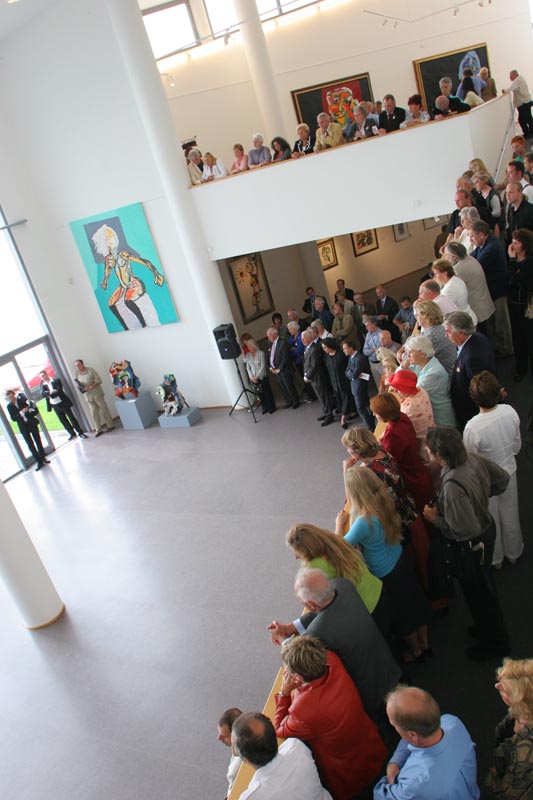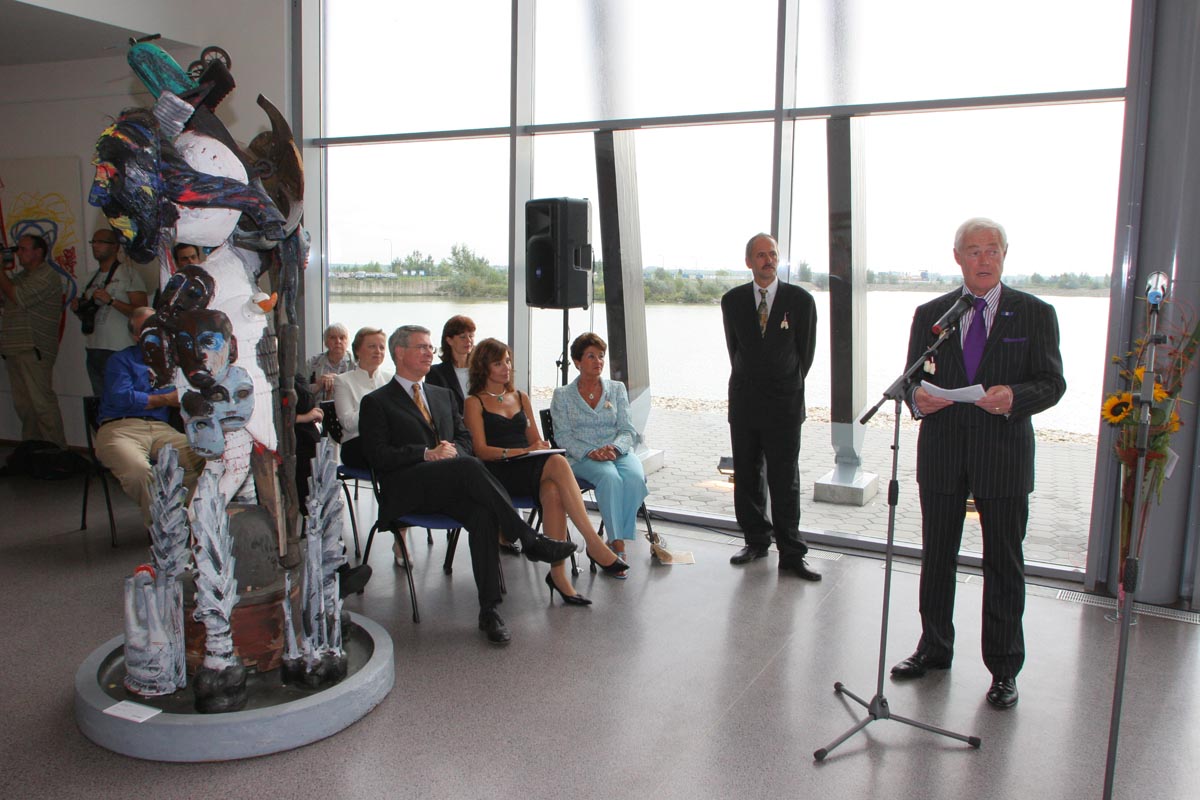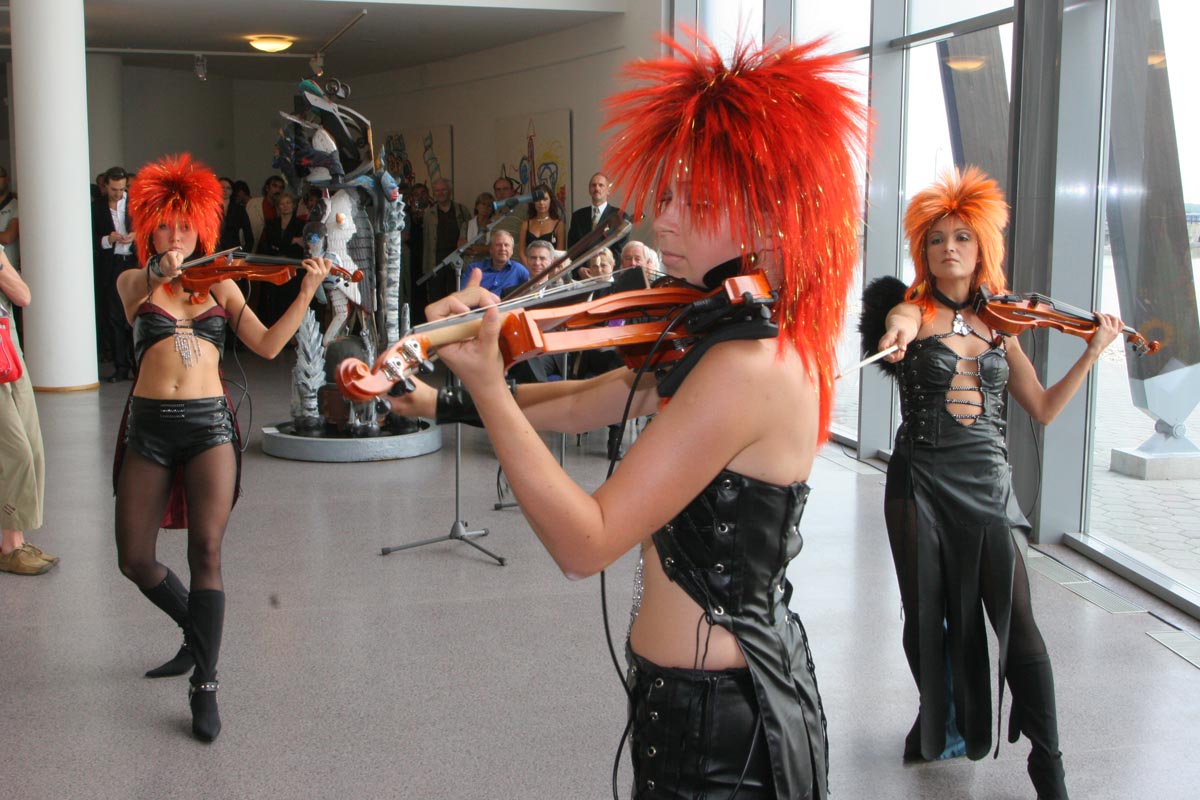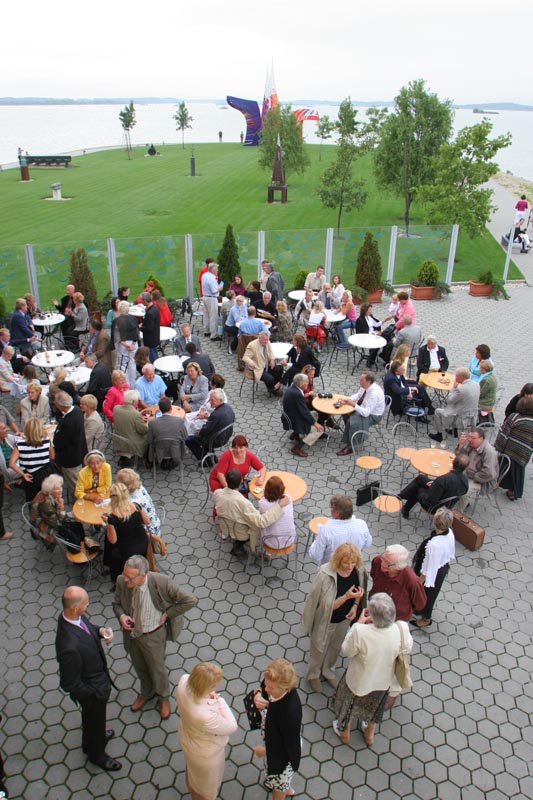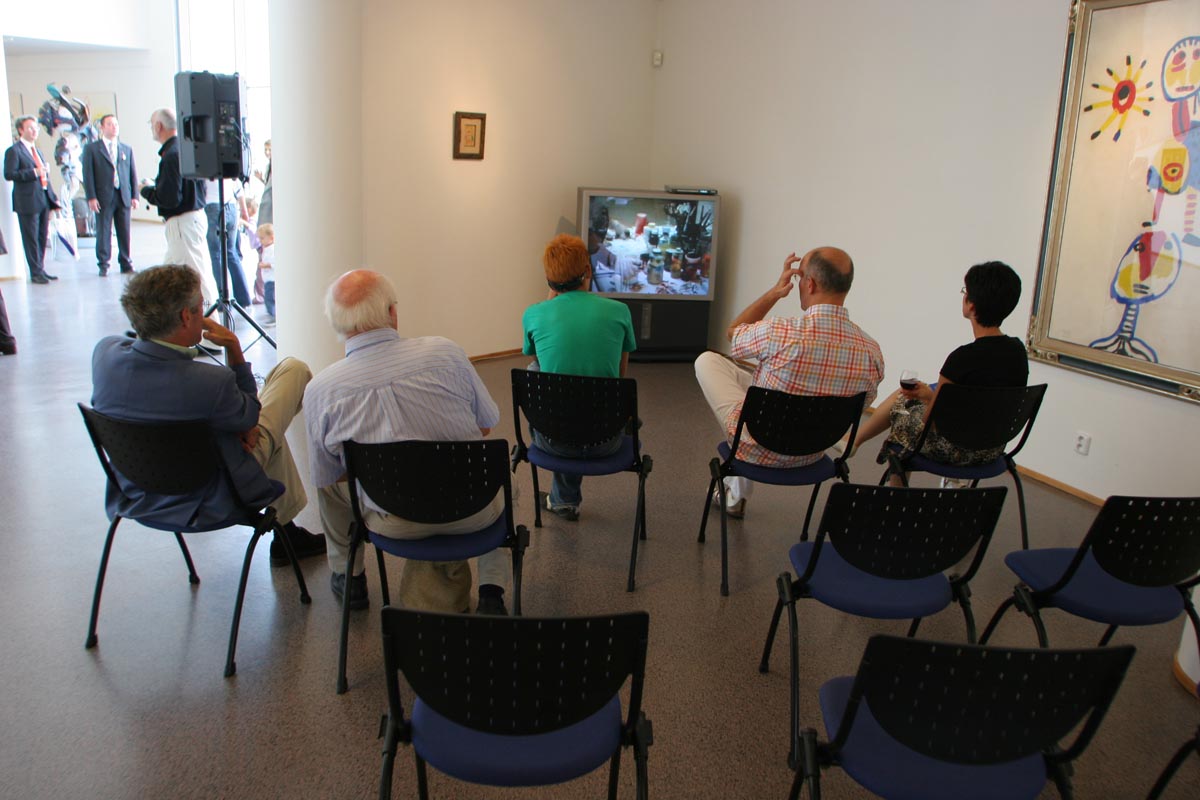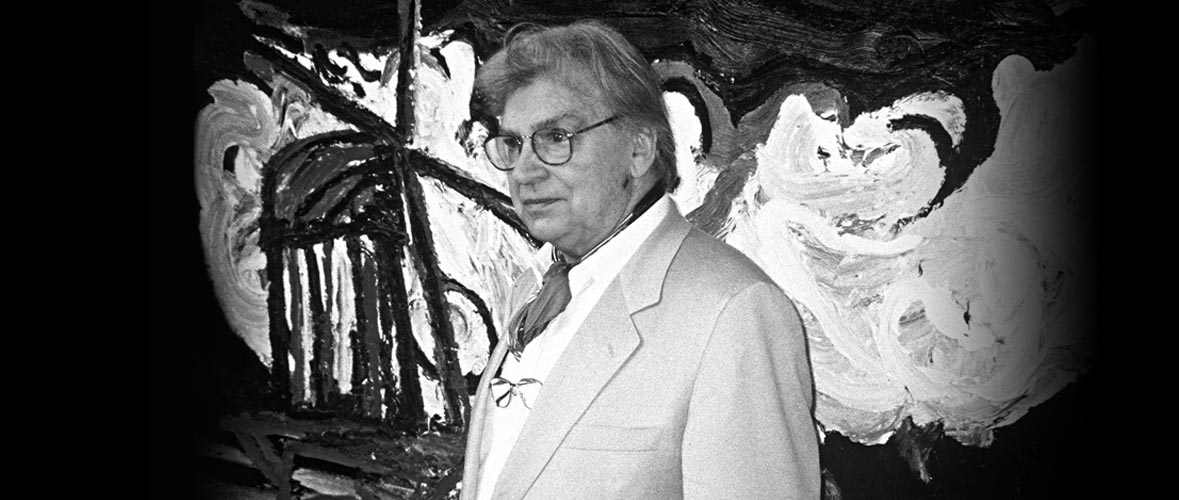

Appel was a protagonist of the avant-garde movement Cobra. His work explored classical themes: the figure, the animal, landscape and their combinations. However, his creative idiom differed from the classical approach. Experimentation with colour enabled him to control it. “By means of colour I can now do what I want. Yet, it is always a struggle”, as he put it. Gradually, he departed from figuration, executing his paintings in thick impasto and violent colours, creating eruptive forms. His artistic expression showed affinity with Art Brut and involved a spontaneous expressive and emotional process characteristic of immediacy and an unrestrained treatment of the medium. He pressed paint from the tube directly on to the canvas, shaping thick layers with a spatula. This was logically linked to the abstraction of the motif. Appel’s painting oscillated quite naturally between figuration and abstraction and their mutual penetration. The series of female nudes, transformations of landscape or cosmological compositions on the theme of the Almighty were created at about the same time. Appel used calligraphic, linear and drip painting, screens and spirals, blending the vocabulary of Art Informel and Postmodernism. Rejecting the classical and the traditional, he intensified inspirations drawn from 20th century avant-gardes to create an original artistic expression.
Karel Appel was born in Amsterdam in 1921. He attended the Rijksakademie van Beeldende Kunsten in Amsterdam in the early 1940s where he met Corneille and later Constant. They became close friends for years. Appel was influenced by Pablo Picasso, Henri Matisse, and the animated, primitive style of Jean Dubuffet in the years that followed the repressive, isolated environment of WWII in Amsterdam. He started to free himself from what he had learned at the academy.
In 1947, he started sculpting and employed all kinds of used materials. He co-founded the Experimentele Groep in Holland, and in 1948 he was the co-founder of CoBrA, advocating expressive and spontaneous painting techniques drawing on folk art, primitive imagery and children's drawings.
During this time, Appel was extremely productive and introduced elements of narrative representation in his work.
In 1949, he was commissioned to decorate the canteen of the city hall of Amsterdam with a mural. However, Questioning Children, depicting desperate children with large eyes, was considered very disturbing and covered up until 1959.
He moved to Paris in 1950 where he continued to be criticized for his ironic imagery, bold brushstrokes, and energetic colour, but he developed an international reputation nonetheless.
In his later years, Appel was inspired by the abstract expressionist avant-garde. He is best known for his vibrant, forceful abstract work and his constant battle with matter. The Dutch film director, Jan Vrijman, made a documentary film about him in Paris titled The Reality of Karel Appel, with music by Dizzy Gillespie and Appel himself. In this documentary Appel is filmed through a hole in a canvas.
Appel died at his home in Zürich in 2006 at the age of 85.















